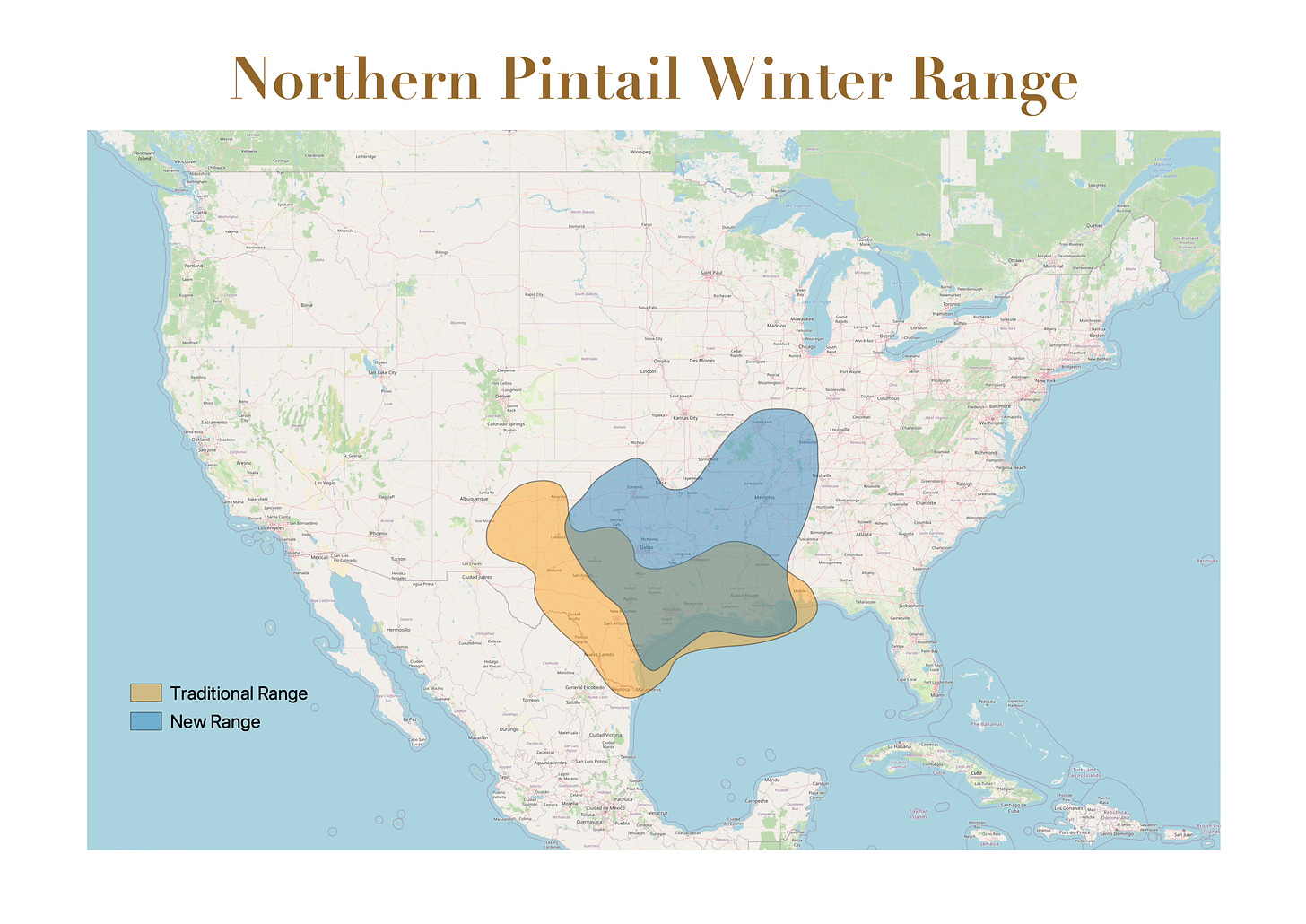Climate change is here
Birds, bees, and other creatures are responding to hotter summers and milder winters
It’s ten o’clock, and I’m sitting in an air-conditioned office at work. It’s still only morning, but I’ve come in to escape the heat. I’m enjoying the break, and I like the feel of my skin cooling and drying.
The air conditioning is new here, added to our facility about six years ago. The building was constructed in 1987. Back then, folks may have laughed had anybody suggested air conditioning. Our small aquarium and zoo is just yards away from the San Diego Bay. Since time immemorial, ocean breezes have mitigated the climate in this part of North America, keeping winters mild and summers cool. Folks in coastal San Diego County didn’t need air conditioning.
I have lived in San Diego a long time, and that’s how I remember the weather here. Things could be a little cool along the coast, even in the peak summer months of July and August. This coastal cooling is a pretty well-known phenomenon. Mark Twain remarked that the coldest winter of his life was the summer he spent in San Francisco. Frank Sinatra famously sang about the lady who hated California because “it’s cold, and it’s damp.”
Those days are over. Anymore, we San Diegans and other Californians are guaranteed to have summer days or weeks with high heat and high humidity. Thankfully, it is not to the degree that I experienced growing up in West Virginia, and definitely not the sweltering summer I remember my family spending in Georgia. But it is warmer here in Southern California than it was 20 years ago. And it’s certainly not just my imagination. Yesterday, The Guardian published an interactive map of the warming we have experienced in the last 130 years. The map is based on work that Brian Brettschneider, a climate scientist at the International Arctic Research Center at the University of Alaska, Fairbanks. Brettschneider relied on data going back to the late 1800s.
While a few places, mostly through the Midwest and South, have not warmed overall and may have shown a slight cooling, most of the country has warmed significantly. Most of the East, West, and Rocky Mountain regions have warmed up a lot. Around Washington, DC, and Orlando, Florida, summertime temperatures have risen almost three degrees Fahrenheit. Long Island now has summers more than four degrees hotter than it experienced in 1895. Where I live, San Diego County now has summers more than three degrees hotter than in the late 1800s.
The ramifications of this warming are showing up in the natural world. Earlier this month, the U.S. Geological Survey published results of a study that it performed in conjunction with the U.S. Fish and Wildlife Service and wetland conservation organization Ducks Unlimited that indicate the shifting of winter ranges for three duck species.
Winter ranges for the blue-winged teal moved westward and southward, while ranges for mallards and northern pintails shifted eastward and northward. These shifts are significant. In some places the ranges have moved by several hundred miles.
It’s important to understand that climate change is only one part of the reason for the changes of the birds’ wintering habitats. Heath Hagy, one of the study’s co-authors says, “A wide variety of factors, including loss and degradation of breeding habitat, changing land use, climate change, and ever-evolving agricultural practices are likely all affecting migration patterns of ducks and geese. The causes of the changes are complex, vary by species, and manifest themselves differently across breeding areas such that no single factor can be blamed directly for the changes.”
The authors of the study used location information for over 350,000 banded ducks during autumn and winter. They then compared the duck species’ present-day locations to their distributions during the 1960s. The study was undertaken in part to better adapt conservation efforts for the birds.
Other species besides ducks are responding to climate change—moths, butterflies, even mammals—are moving their ranges due to climate change. And we have had evidence of this happening for some time. In his 2014 book, Walden Warming, biologist Richard B. Primack used naturalist records that Henry David Thoreau kept during his time at Walden Pond, comparing them with observations of the flora and fauna around Walden Pond today. He found earlier blooming of flowering plants and earlier spring arrivals of migrating birds and insects, all of which corresponds to climate change’s rising temperatures.
What have you noticed in our warming world? Hotter summers? Milder winters? Stronger storms? More drought? Please don’t be shy. Leave a comment.





The one thing I have noticed the most is the fickle temperatures of Spring and Summer. They seem to be unpredictable.
A friend of mine that lives in Encinitas has told me how cool the Spring has been so far. So much so that his corn plants were barely growing. In the last two weeks the temperatures have risen and now his corn is “sky high.”
I would have to say as well that I haven’t had too much of a warm Summer yet. I made sure my mini- split was serviced early on because I feared a warming early on, but it didn’t really happen.
This is not to say that climate change hasn’t risen the temperatures here in San Diego as on the whole I think they are. It’s just that it seems to be an erratic occurrence when it happens.
In the Netherlands, I notice air conditioning in private houses, following the installation in shops and offices in the previous decade. What is also relatively recent is not being able to sleep in summer when nights are too hot and humid. It’s still an exception but it happens often enough to have people buying airconditioning. Just ten years ago, I don’t think any house I ever visited in the Netherlands had airconditioning.